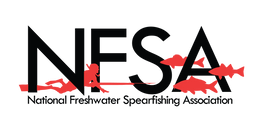Safety and rescue
FREEDIVE SAFELY
- Dive with an evenly matched buddy, and conform to the level of the least capable diver.
- Weight yourself correctly (positively buoyant at surface) even after exhalation.
- Do not hyperventilate to excess. Hyperventilation prior to the dive will suppress your
bodies feedback system that tells you it is time to come up for air. - One up/ One down – diving with constant visual contact. When conditions allow each diver should
have a flag. - Maintain close, direct supervision of any freediver for no less than 30 seconds after he surfaces.
- Make your minimum surface interval twice the duration of your dive time.
- Do not take every dive to its limit. Maintain a reserve.
- Review, practice and discuss how to recognize and handle blackouts and near blackouts.
- Always dive with a flag – Even then keep an eye out for boaters.
RESCUE SKILLS
- Get victim to surface immediately. Establish positive buoyancy for the both of you.
- For a witnessed blackout; remove mask and snorkel, blow on face-eyes, stimulate face with a few taps, vocalize encouragement to breathe, otherwise open the airway and begin immediate rescue breathing. 1 breath every 5 seconds
- Get victim to land or boat ASAP, manage ABCDs (airway-breathing-circulation-deadly bleeding) start CPR with O2, 30 compressions to 2 ventilation’s, as needed.
- If evacuation from water is prolonged, monitor Airway & Breathing and provide rescue breathing (1 breath every 5 sec.) during transport if needed.
- Seek help from EMS (emergency medical services) 911, or hail the Coast Guard on Channel 16 on VHF radio.
- After a SWB, STOP diving and immediately seek medical evaluation






